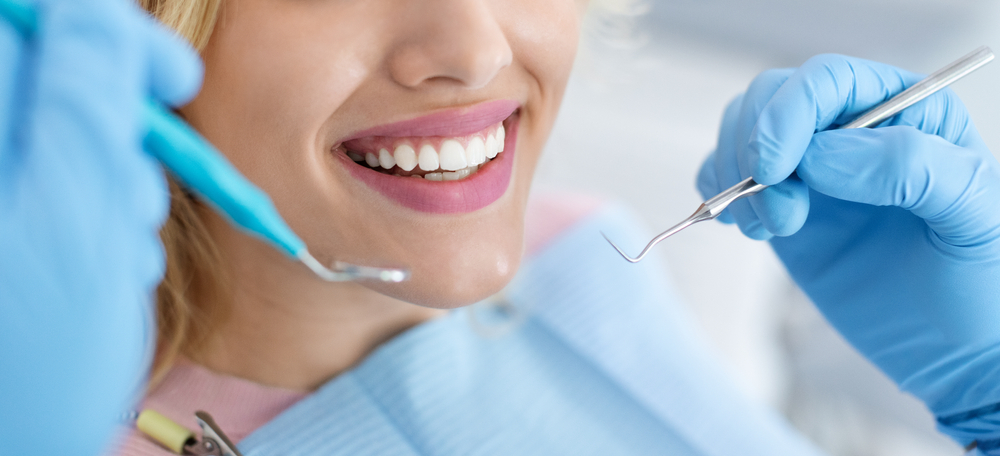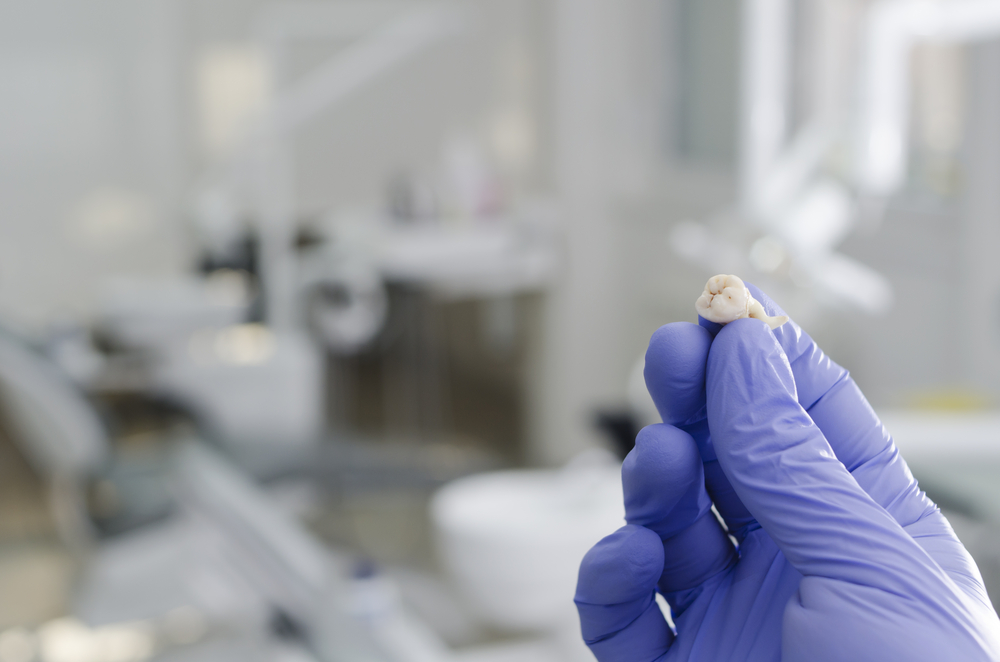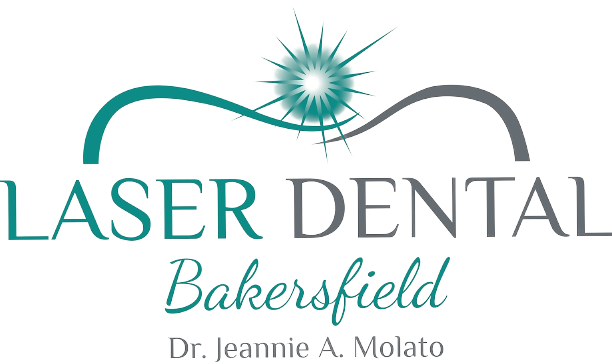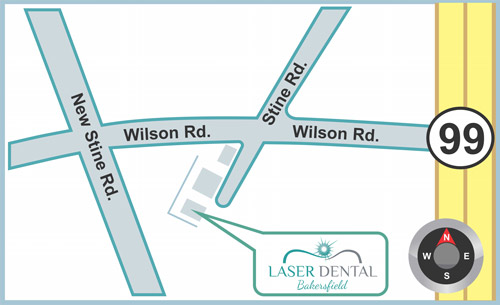If you have teeth that aren’t in alignment, orthodontic treatment is an effective way of dealing with them. Getting an orthodontic adjustment requires significant preparation on the part of your dentist. Preparation involves imaging, visual inspection, taking dental impressions, and determining how the entire treatment process will go. It also requires determining which teeth need to be adjusted and which should remain in place. Ensuring that only those teeth move that are supposed to requires a special process called orthodontic anchorage. This process was initially introduced over a hundred years ago, with additional variations being developed for each orthodontic need.
How Anchorage Works In Orthodontic Treatments
Henry Albert Baker is the name of the first dentist to develop an orthodontic anchorage process. His contribution to orthodontic treatment was so significant that his invention still bears his name, Baker’s Anchorage. While innovative, it wasn’t sufficient to handle every type of adjustment that needed to be made. As a result, new variants of the original orthodontic treatment have been invented. Dentists developed a classification system to make it easy to distinguish between them. These classifications include:
- Site-Based Classification
- Intraoral – Anchorages set within the oral cavity
- Extraoral – Anchorages utilizing headgear and facemasks to secure teeth in place. Cervical and occipital variants are most often used, but some treatments require a combination.
- Muscular – Anchorages that make use of muscle tissue
- Number of Treated Teeth
- Simple/Primary – Involving one tooth
- Compound – Involving multiple teeth
- Reinforced – Involving multiple anchorage points, often extraoral securing points such as masks or headgear.
- Reciprocal – Designed to draw two teeth towards each other an equal amount.
- Stationary – Adjusting only the angle, not the position, of a tooth.
- Space-Based Classification
- Group A – Move teeth to the rear of the mouth
- Group B – Move teeth both forward and to the rear
- Group C – Move teeth to the front of the mouth
- Absolute Anchorage – Moving only teeth from the front of the mouth towards the rear.
This classification system guarantees that dentists can concisely and clearly describe anchorages used in orthodontic treatment. This helps prevent errors and increase clarity in your dental records. This system defines the appliances being used, which direction the teeth are moving, and what teeth are involved. Two additional classifications are reserved for describing anchorages set in dental implants and those secured in bone.
Communicate With Your Dentist About Orthodontic Anchorage
This guide was composed to assist patients in developing a clearer understanding of the tools and processes involved in orthodontic care. One purpose that drove the writing of this guide was to ensure that patients could make informed decisions regarding mail-order orthodontics. The need for dental appliances for certain forms of adjustment highlights why an in-person visit to an orthodontist is essential to a safe and effective experience. Communicate with your dentist if you’re considering getting orthodontic work done, and involve them in the process. They’ll be able to provide you with peace of mind that the care you’re receiving is effective and safe.









